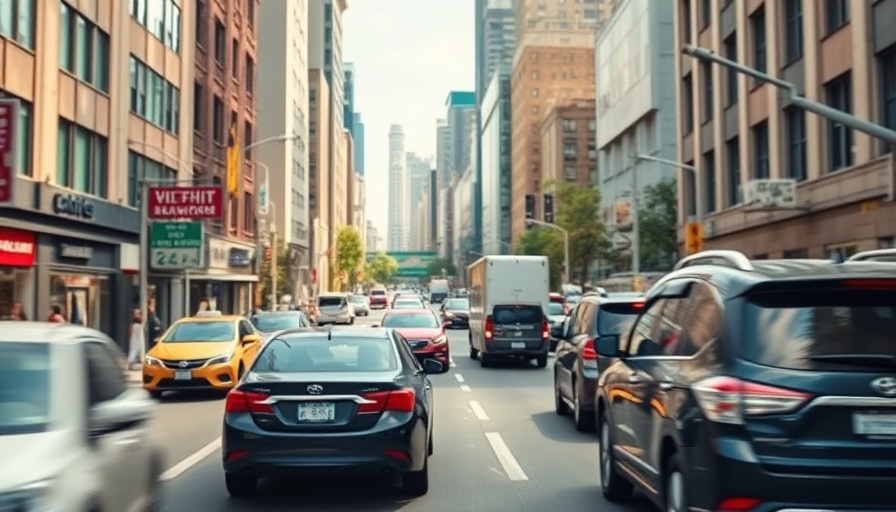
Understanding the Noise Camera Revolution
In recent years, municipalities across the United States have begun implementing noise cameras to combat the increasing problem of excessive noise from vehicles, particularly from those beloved sports cars revving their engines late at night. These innovative technologies are designed to identify loud vehicles and capture evidence of noise violations, effectively turning them into a tool for governing the streets—a high-tech solution to a long-standing problem.
Why Noise Matters: The Impact on Communities
The introduction of noise cameras reflects growing community concerns about noise pollution. Persistent noise from revving engines and screeching tires have disrupted neighborhoods and disturbed peaceful evenings. For many residents, the increased volume of unwanted sound affects their quality of life and even their health, leading to stress and sleep deprivation. By using noise cameras, city officials hope to restore tranquility to residential areas, providing relief to those whose lives have been marred by the raucous sounds of fast cars.
A Technological Solution to a Social Issue
Noise cameras operate similarly to traditional traffic cameras. When a vehicle exceeds a set decibel level, the camera captures both the sound and the vehicle's image, allowing authorities to fine offenders automatically. This seamless blend of technology and law enforcement offers a unique approach to dealing with noise pollution, raising questions about the effectiveness and fairness of such methods. Critics argue that these measures can disproportionately target specific communities or groups of people who drive louder vehicles, leading to potential biases in enforcement.
Public Reactions: Support and Backlash
As cities begin to roll out noise cameras, public reactions have been mixed. Many applaud the initiative, viewing it as a necessary step towards reclaiming the peace of bustling communities. On the other hand, there are vocal opponents who believe that this technology infringes on personal freedoms and privacy. The potential for excessive fines and the automated nature of enforcement further exacerbate this tension. Without a careful and considered implementation strategy, municipalities risk turning residents against measures intended to benefit their communities.
Future Insights: What Lies Ahead for Noise Management?
As noise cameras gain traction across more urban areas, it's clear that the debate surrounding their ethical implications will continue to grow. We can expect to see a rise in discussions around the balance between maintaining public peace and upholding individual rights. Continued technological advancements may bring about even more sophisticated solutions, enabling cities to monitor sound levels and identify sources more effectively. However, municipalities will need to proceed with caution and take community feedback into account to navigate the fine line between enforcement and intrusiveness.
How Residents Can Engage in Noise Management
For residents concerned about noise pollution in their neighborhoods, engaging with local government officials can make a difference. Community meetings can serve as platforms for discussing the impact of noise on quality of life and the effectiveness of noise cameras. By voicing their concerns, citizens can help shape how laws are enacted and enforced, ensuring that their interests are represented. Additionally, becoming involved in neighborhood watch programs or advocacy groups can assist localities in developing comprehensive strategies for managing noise while fostering community ties.
Decisions Homeowners Can Make
Homeowners should also consider looking into soundproofing options not just as an immediate remedy to the noise, but as an investment in their property. Soundproof windows, insulation, and landscaping can aid in reducing noise disturbances over time. These measures can increase comfort in your home while potentially raising property values, making the effort worthwhile.
As more cities adopt technology like noise cameras, it becomes crucial for residents to stay informed and engaged. The ongoing dialogue between community needs and urban enforcement technology will play a pivotal role in shaping future approaches to noise pollution. Understanding these dynamics will empower residents to advocate for a harmonious balance within their neighborhoods.
For those passionate about creating quieter living environments, active participation in discussions around noise management is vital in ensuring that local solutions resonate with community values.
 Add Row
Add Row  Add
Add 




Write A Comment